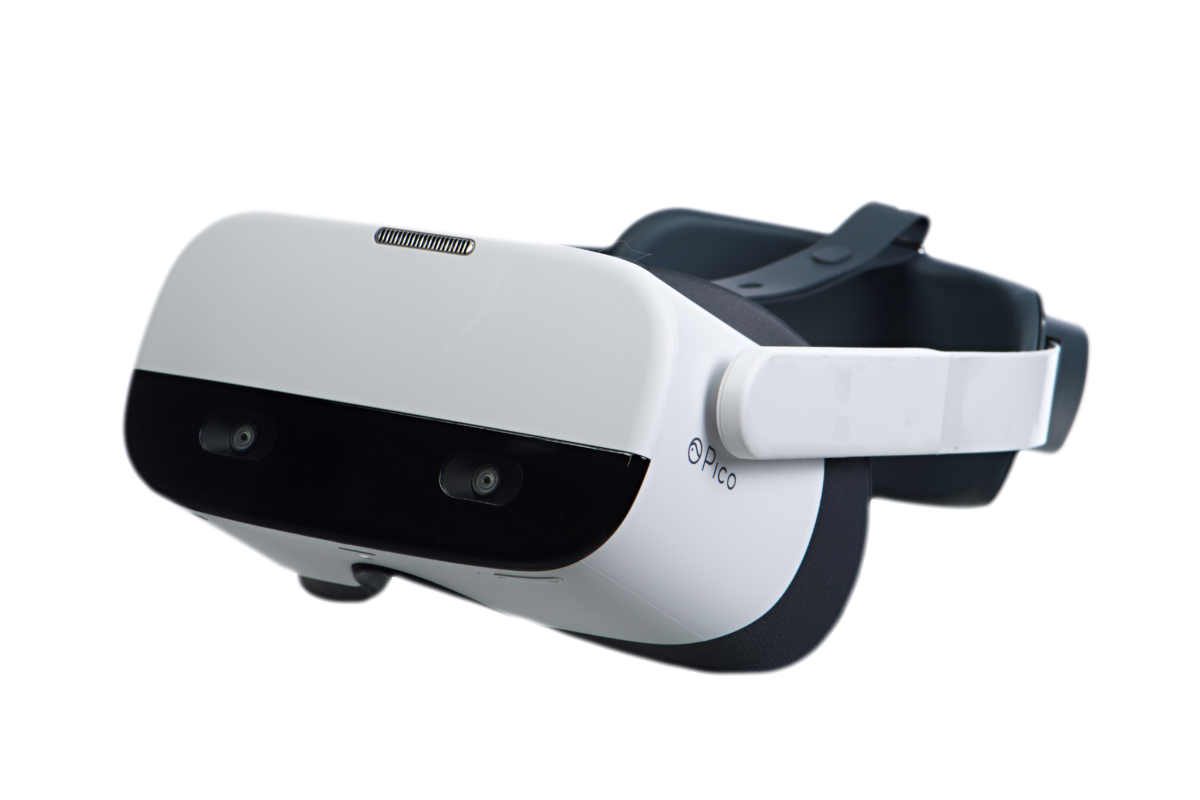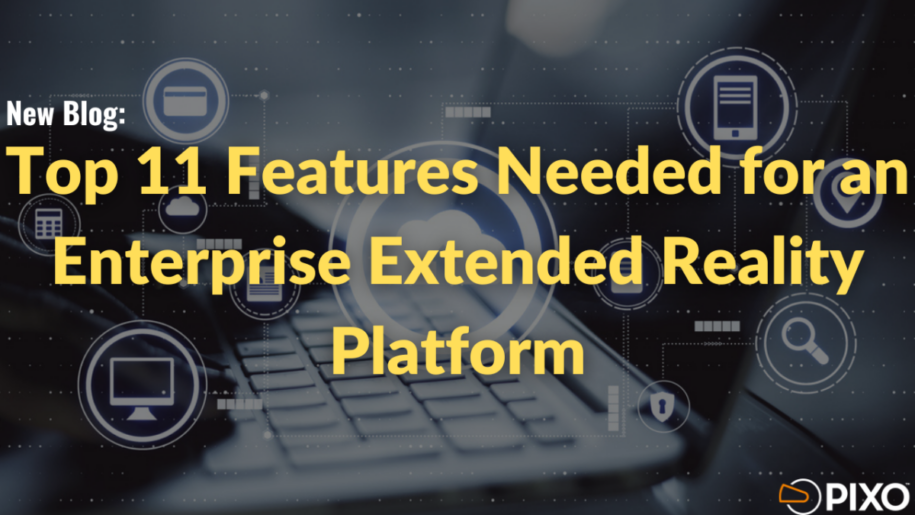Extended reality (XR) is one of many business tools that have become increasingly important in our new digital landscape. Demand has grown for more collaborative and efficient technology like AR, VR, and MR, that can also help people overcome physical barriers.
However, businesses have run into a number of different issues when trying to integrate XR technology into normal operations. Uncertainty in what tools and resources are needed to make it successful at enterprise scale is the core issue. This article aims to detail the features needed in a holistic system for accessing, distributing, and managing all of a company’s XR content in one place, regardless of use case.
Why do we need an XR platform?
One of the most common use cases in business for XR technology is training. Training in XR saves time and resources, allowing employees to repeatedly train in even the most dangerous, unique, or costly scenarios, as it is all done virtually, from almost any location. This also makes it easy to train more employees by scaling training to reach thousands of people through one platform.
XR training requires tracking employee performance, whereas other XR use cases, like product modeling, only require content management and distribution. For that reason, XR training will be used as the example use case to discuss the features for the ideal XR platform.
As to why an XR platform is needed, the simple answer is that integrating XR into your business is rarely successful without one. And certainly not successful at scale. The challenges of distributing content at scale are too cumbersome to achieve with an MDM. And without metrics, XR success is nearly impossible to optimize and achieve. Companies that have been successful with XR have invested in a platform to manage XR content, manage users, wirelessly distribute content to users via whatever headset they are using, monitor use and performance scoring, and help managers optimize with trends.
What does an ideal XR platform look like?
- Device agnostic
Ensure the platform can work with any headset and any content type.
- Large selection of high quality XR content
It will be difficult to scale use of XR if the content is all custom. Work with a platform that has access to a library of existing and proven XR content. Look for content that enables:
- Multi-user functionality
- Scenario randomization
- Replicated physics and real-world tools
- Simulated behavioral consequences
- Fully immersive 3D environments
- Ability to manage custom or third-party content
Sometimes you will need custom content or may already have some created. Ensure the platform can handle this content. It also may be fortuitous to work with a platform where the vendor can customize existing content to better fit proprietary processes or tools used in your environment.
- Wireless distribution of content
Trying to load content onto headsets via USB (called side-loading) is time consuming and near impossible if the headsets are in different locations around the world. The ability to distribute content wirelessly is critical to program success.
- Content distributed to user, not device
MDMs distribute content to devices, but this is a nightmare to manage. XR program managers need to be able to have the right content for the right user no matter what headset is being used. This is why it is critical that the content can be distributed by user. This means when a user logs in to a headset, the content they have been given access to will automatically be downloaded for them on that headset.
- Easily provision content to users
Per #5, if content is distributed by users, administrators need a simple way to give users permission to the content they need. The XR platform should have the ability to manage users as individuals or in groups. It should be easy to provide users or groups access to content, then to assign that content to users via email for them to act on as part of their normal operations.
- Monitor status and performance
The XR platform should be able to track in-depth, real-time data on each user’s engagement with XR content and its effectiveness. This includes performance scoring. Managers will need this information to check that the content is being utilized and that assessments are passed.
- Reveal trends in usage and outcomes
Seeing trends in usage and outcomes by content, by user groups, etc. is critical to optimizing the use of XR to meet program goals.
- Scales to manage global workforce
The content and the permissions to use the content should be managed within one web-based portal, accessible from anywhere in the world. And content should be able to be distributed wirelessly to anywhere in the world.
- Integrates into any LMS or BI
In order to make XR a part of normal business operations, it is important that the data from XR use can integrate seamlessly into any learning management system (LMS) or business intelligence (BI) platform that the enterprise already uses.
- Easy to use—for admins and employees
If a platform isn’t easy to use for both administrators and employees, then it won’t be successful. Employees may already be intimidated by using a headset so a simple login and notifications in their company email helps to reduce friction. And administrators need intuitive workflow and dashboards to make it simple to manage and optimize the program.
What is the ROI on an XR platform?
The realization of ROI on an XR platform comes from realizing the value of the XR content usage. As was stated at the beginning of this article, training is a typical early use case for XR because it has such a clear benefit, in both cost reduction and improved revenue. With the ability to simulate real-life scenarios that are difficult to create in real-life, this can dramatically cut training costs. And since XR training has been proven to be a faster way to train skills that need practice, it saves time and money from lost work. ROI is typically fast to achieve and increases as the use of XR increases. But one thing is clear, without the XR platform, companies fail to see that ROI as the difficulty in program execution is too difficult to overcome.
You can now get a free ROI analysis for XR training. Learn more here.
Need help getting VR right? PIXO VR can help. Click here to arrange a meeting with a VR expert.

PIXO Has Improved VR Management to One Easy Step


Leave a Reply
You must be logged in to post a comment.